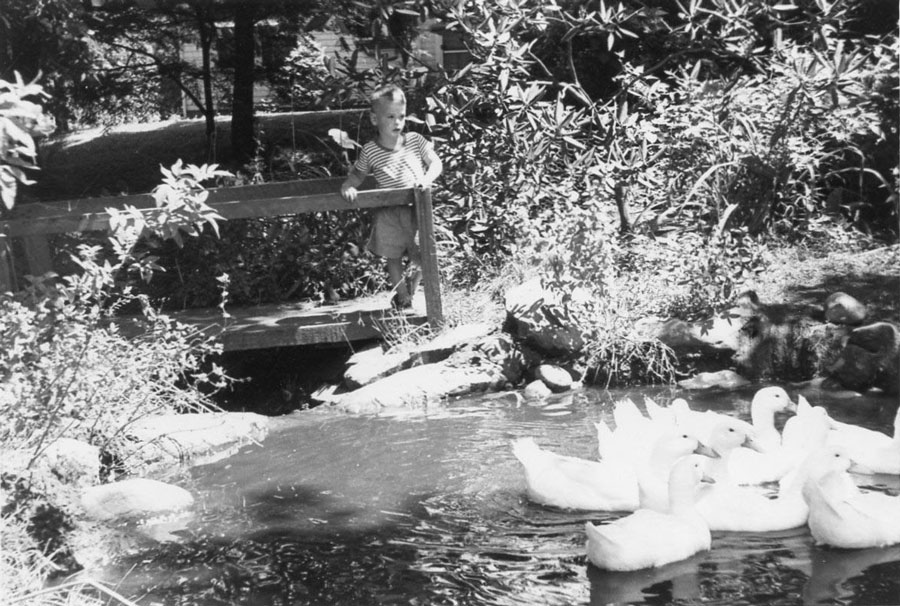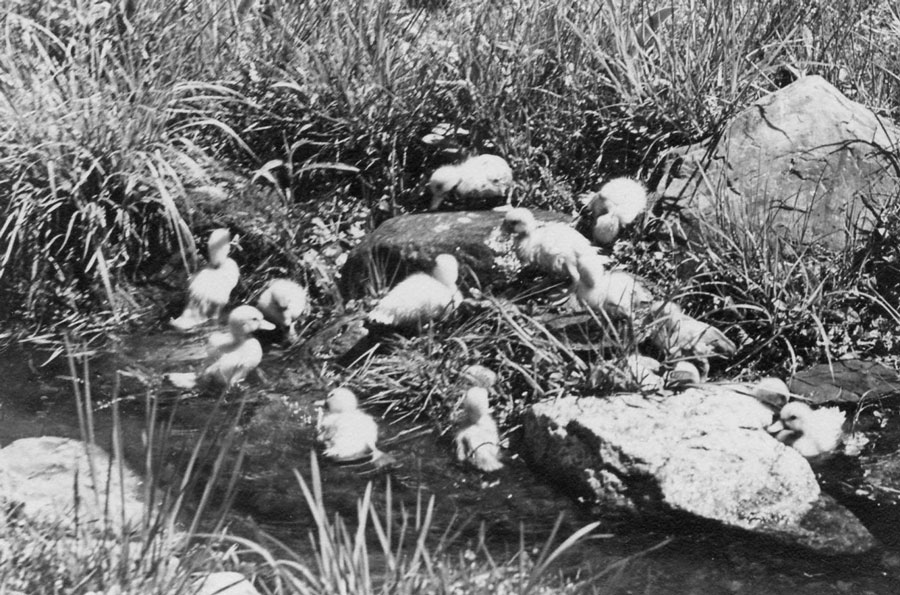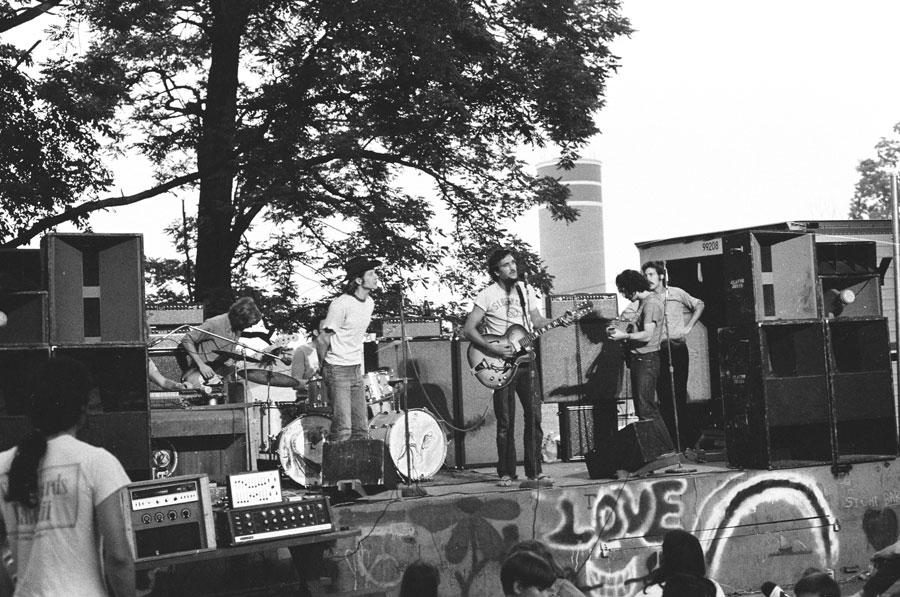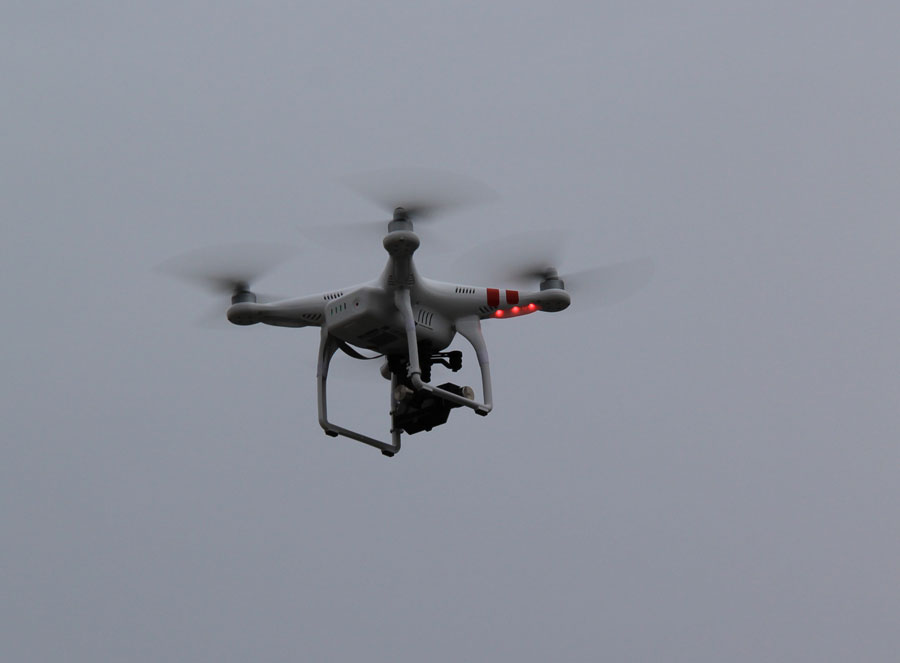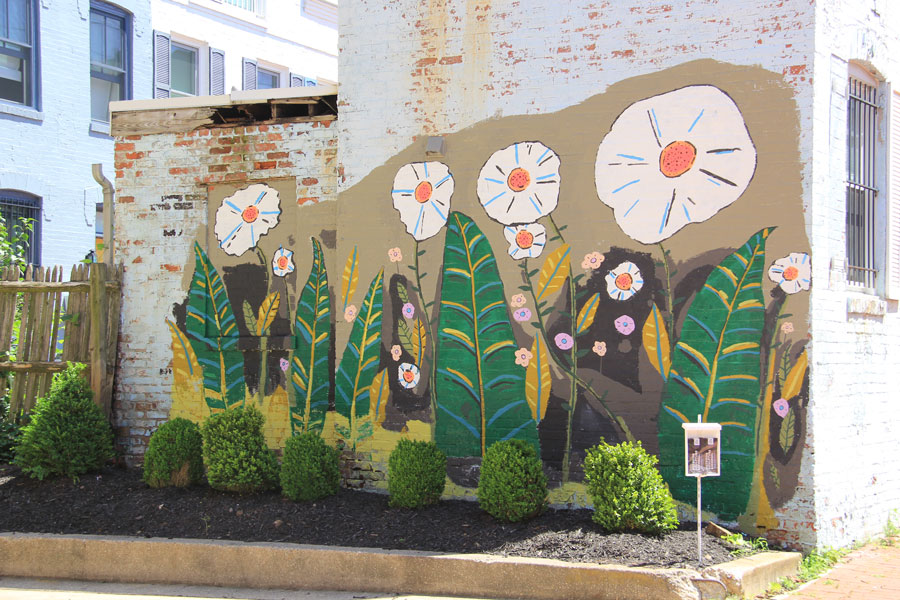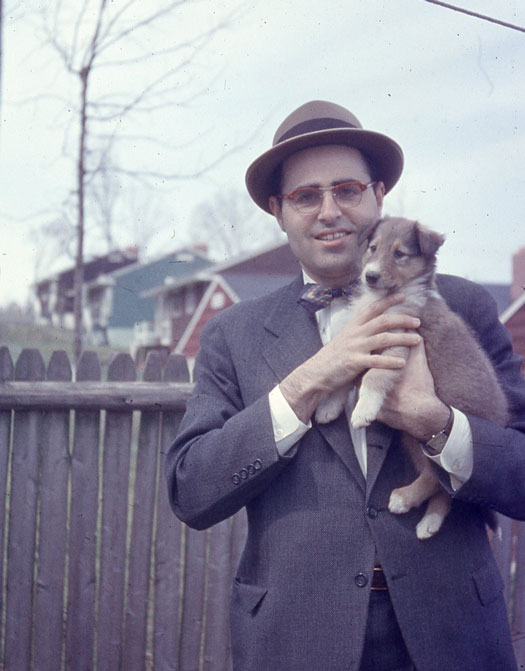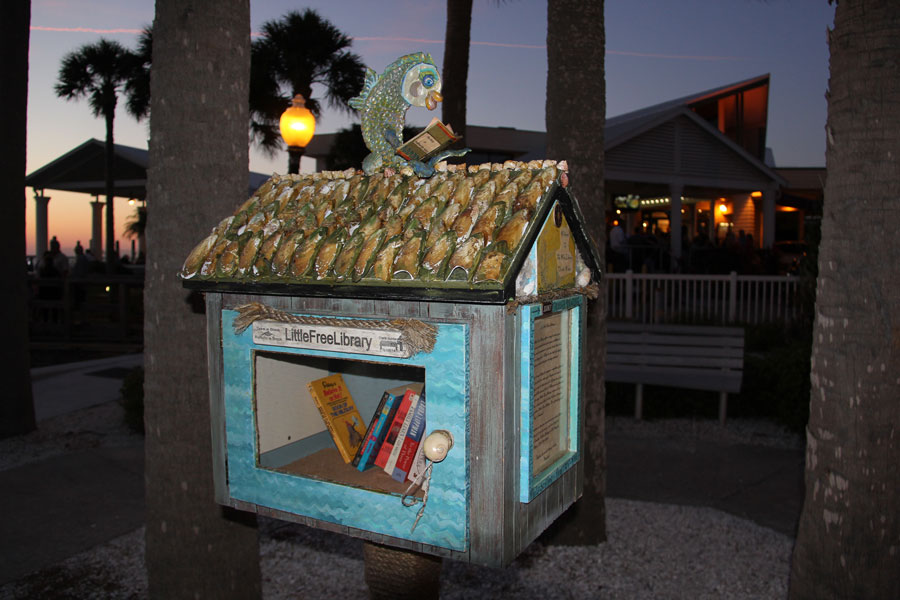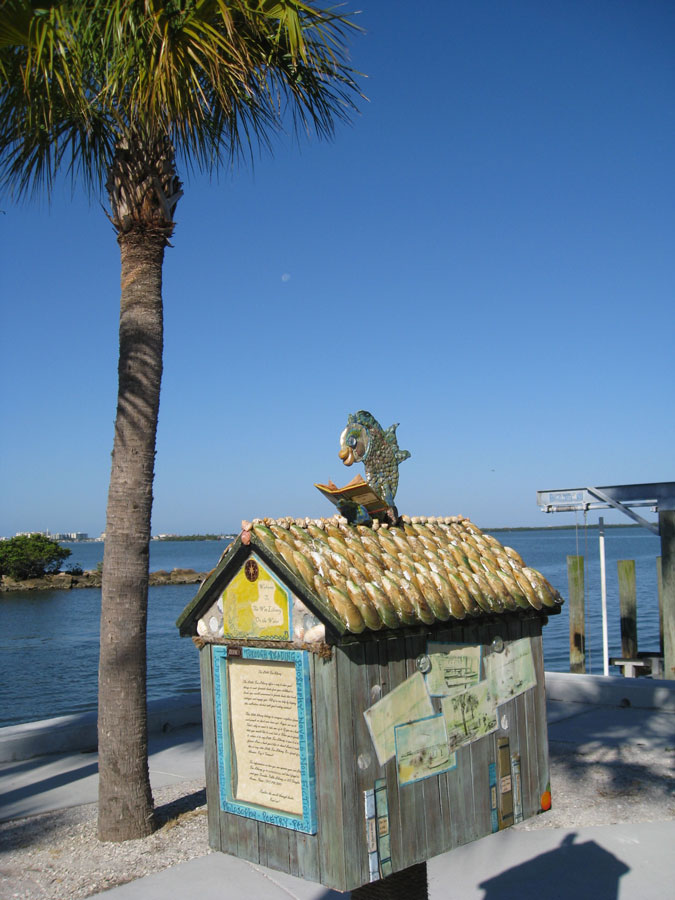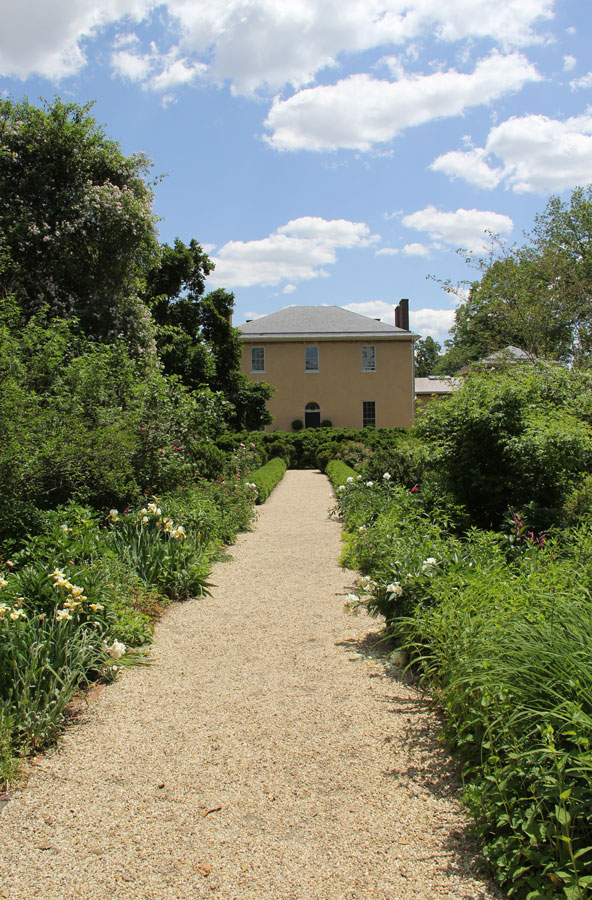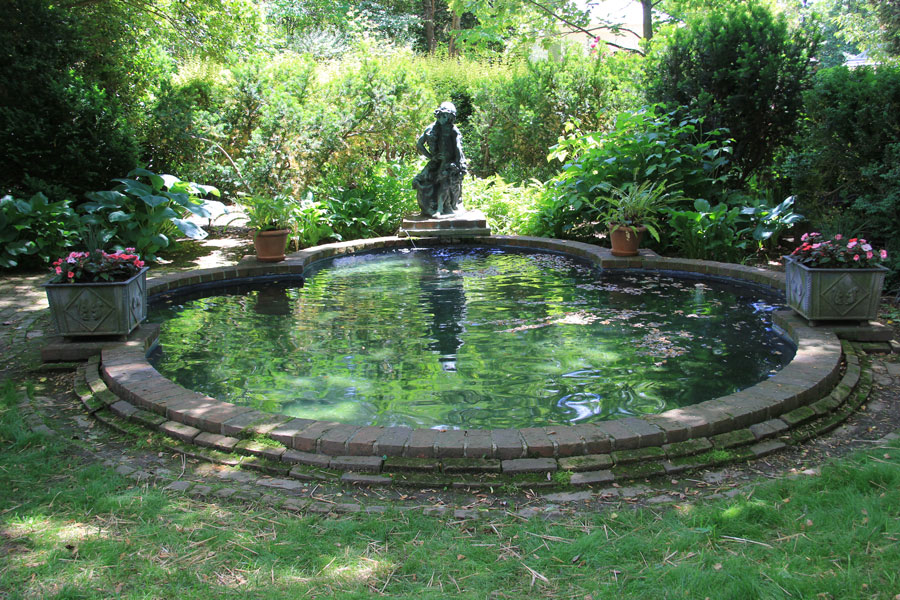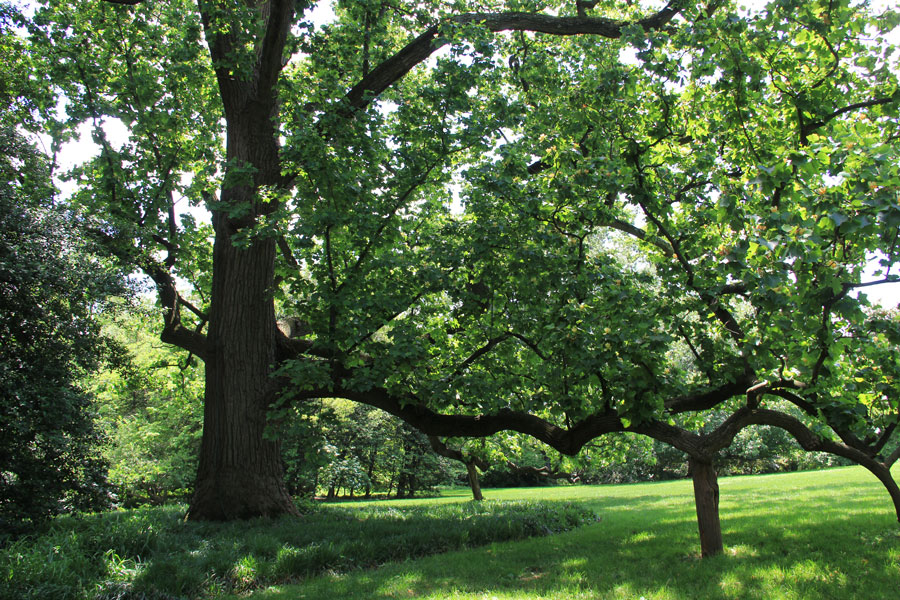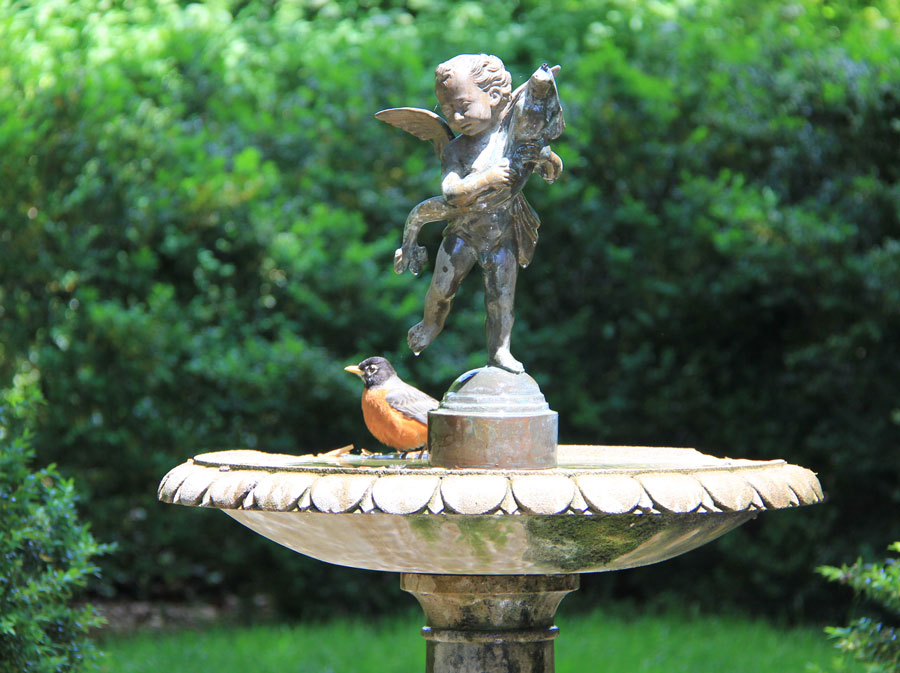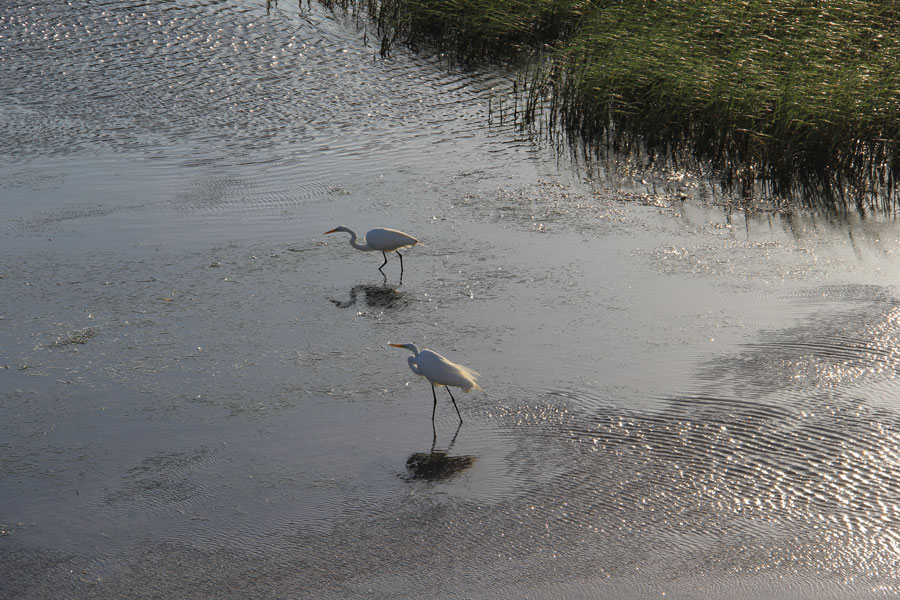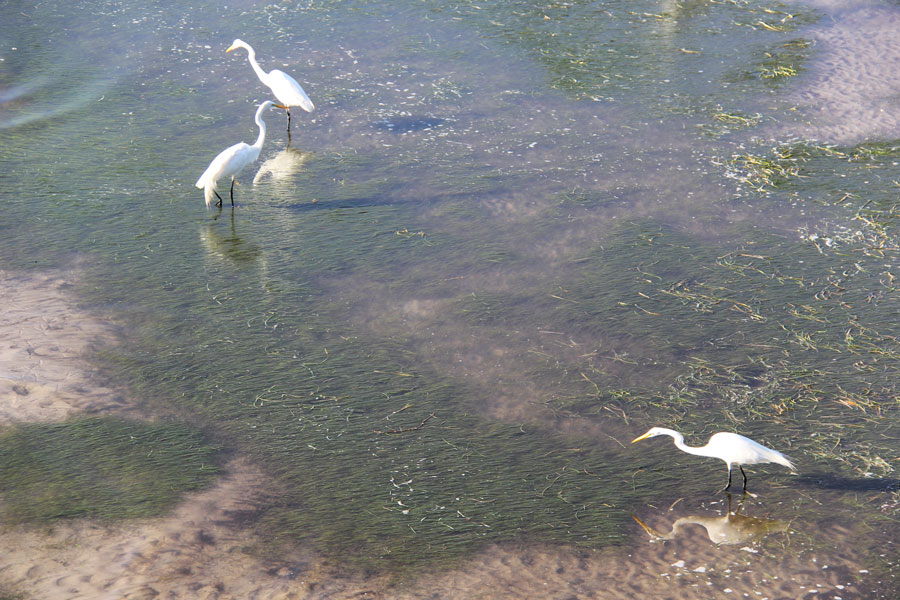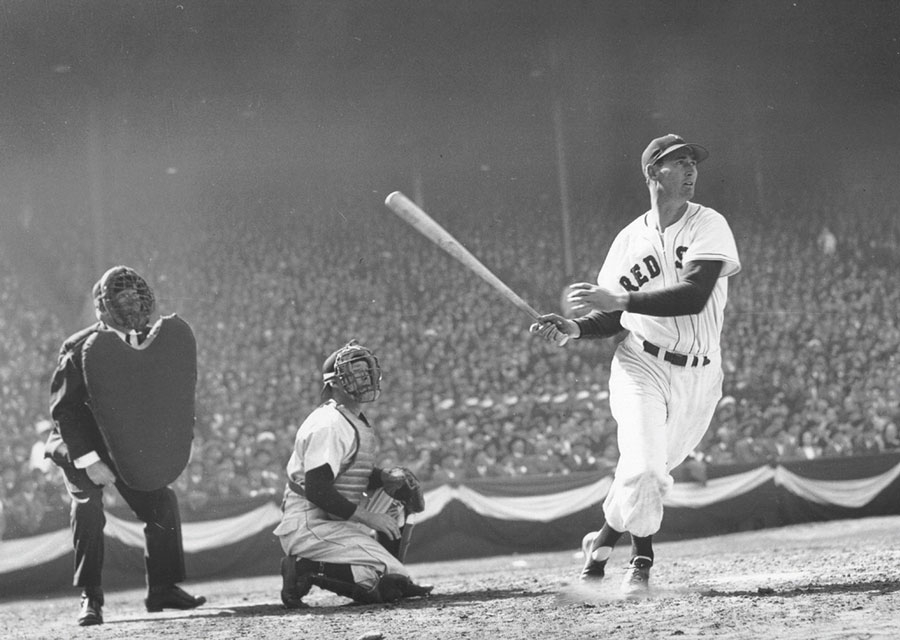
I never watched a Home Run Derby before last year. I had always thought, what’s the point? If there’s no game on the line, it all seemed kind of, I don’t know, silly.
How silly of me.
As a relative newcomer to the world of baseball, I still have a lot to learn about the strangely addictive game. I can’t pretend to know much about it really. But I have come to my own way of thinking about baseball, and it goes like this: Baseball is like art, in that you don’t have to understand it to know what you like when you see it.
Which brings me to article two in the playbook: Breathes there a soul so dead who doesn’t like to see a well-struck home run?
I think not. There’s something in that sound, the solid crack of the bat and the collective gasp of the crowd that triggers a Pavlovian surge of satisfaction. No matter who is batting. We all admire a heavy hitter. Even if some of them aren’t all that admirable outside the ball park.
There are plenty of skillful hitters who manage to scrabble hits out of lousy pitches. There are patient batters who can wear pitchers down, fouling off the junk until they get something they can drive. There are bunters and choppers and steady swingers who somehow always wind up on base. But the hitters who light up the nights and take us right out of our seats are the home run hitters.
I defy anyone to watch Giancarlo Stanton launch one into the sky and not feel something akin to awe.
The Major League Baseball Home Run Derby has been going on since 1985. Before that the American League and the National League each held their own championships. The Derby brought the two leagues together to crown one overall batting champ. This year they changed the format, supposedly to make it more interesting or something. When something’s not broken some people seem driven to add features to “improve” it. I could go off on a computer tangent here, but seriously, I watch baseball to get away from that stuff.
And so what if the Home Run Derby has devolved into a corny pageant of childish delight? So what if marketing strategies and team politics sully the purity of the contest? It all comes down to a guy standing at the plate with a bat and another guy throwing the ball toward him, and thousands of fans enjoying the moments.
A home run arching into the upper decks perfectly symbolizes the trajectory of all hope. Time slips loose from its clockwork and slows as we watch a ball sailing into the sky, where all dreams fly, never to come down, and for a brief transcendent moment we become one nation, soaring on a home run hit out of the park.
